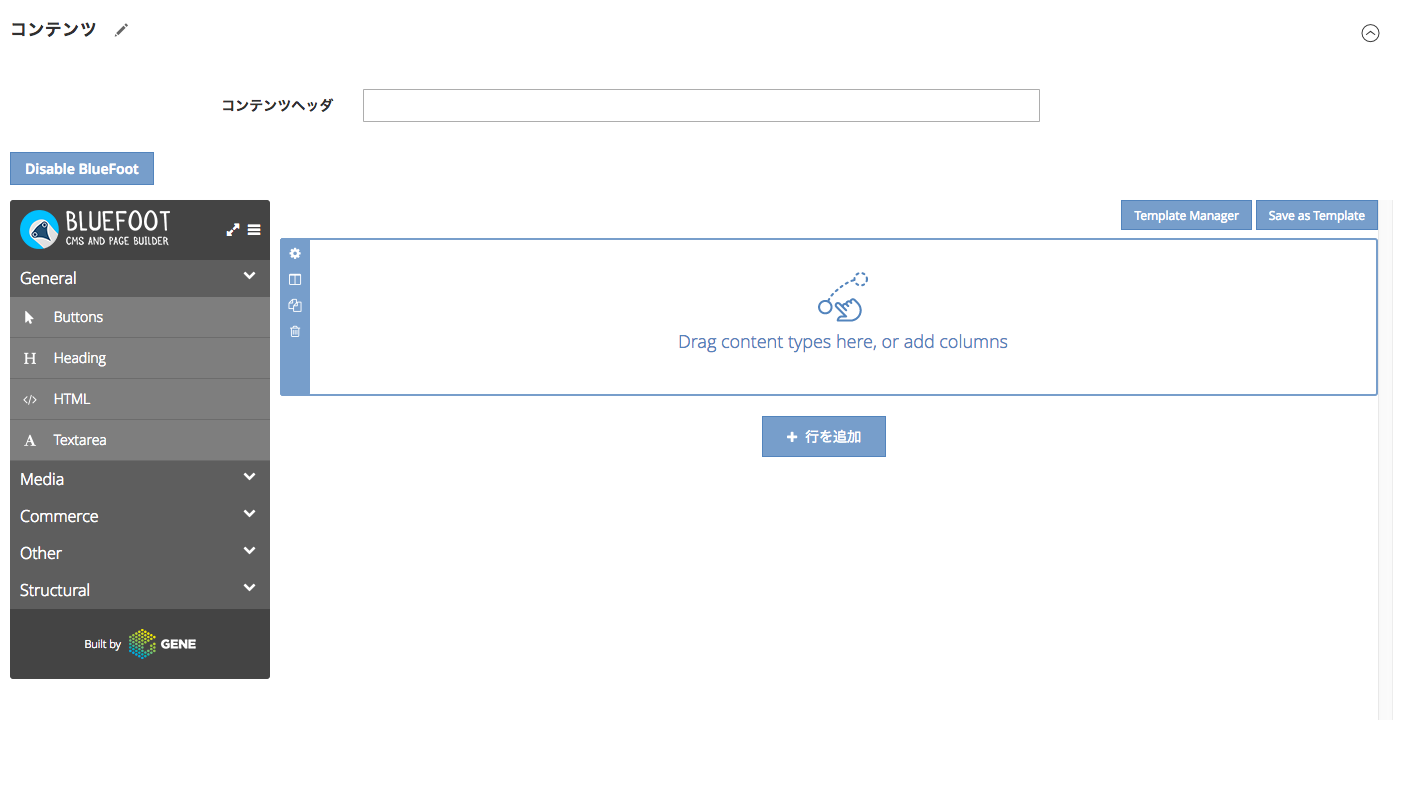

So it is best to turn off this auto-migration feature and use the explicit migration command as described in running the migration module.

MAGENTO2 DEVDOCS BLUEFOOT CODE
During development, you often need to customize your migration code before running migrations to ensure that your content migrates to Page Builder as intended. This step disables the migration module feature that migrates your content as part of the deployment using setup:upgrade. If your directory structure differs, adjust your symlink paths as needed. Php /dev/tools/build-ee.php -command = link -ce-source -ee-source magento2-page-builder-data-migrationĪfter completing these steps, the data migration source code should sit alongside the root directory of Magento 2.3.1 installation, with the symlinks placed within. Navigate into the directory above your Magento 2 installation.Ĭlone the magento/magento2-page-builder-data-migration repository using the following command:
MAGENTO2 DEVDOCS BLUEFOOT INSTALL
To install the migration module from the GitHub repo ( magento2/magento2-page-builder-data-migration): This installation option is for those who are part of the Magento organization on GitHub and want easier access to the migration source code during migration development work. But during development, you need to turn it off so that you do not run your migrations accidentally, before you have made strategic changes to your migration code, or backups to your database.Īfter completing these steps, the data migration source code can be found within the vendor/magento directory with the other magento modules. We made this the default behavior so that deployment to production is easy. It disables the default migration module behavior that migrates your content as part of the deployment using setup:upgrade. This step is critical for migration development work. Navigate to the root directory of your Magento 2.3.1 installation.Ĭomposer require magento/module-page-builder-data-migrationĭisable the default migration-on-deployment feature.

We preserve your existing BlueFoot content when we install Page Builder. Page Builder itself does not convert any of your content.
MAGENTO2 DEVDOCS BLUEFOOT HOW TO
Please see our Command-line upgrade instructions on how to complete this. Upgrade to Magento Commerce 2.3.1 (which includes Page Builder). Remove BlueFoot from your current Magento instance: composer remove gene/bluefoot.īlueFoot does not contain uninstall scripts, but we do preserve your data on uninstall. Prerequisitesīefore installing the migration module, you need to prepare the environment you intend to migrate: We also recommend creating sufficient backups before completing any form of content migration. We recommend using the module in a development environment before deploying it to the production environment. This package is only available for those with Commerce access keys. The migration module is a composer package hosted within our repository. The content on this page is for Magento Commerce only.


 0 kommentar(er)
0 kommentar(er)
